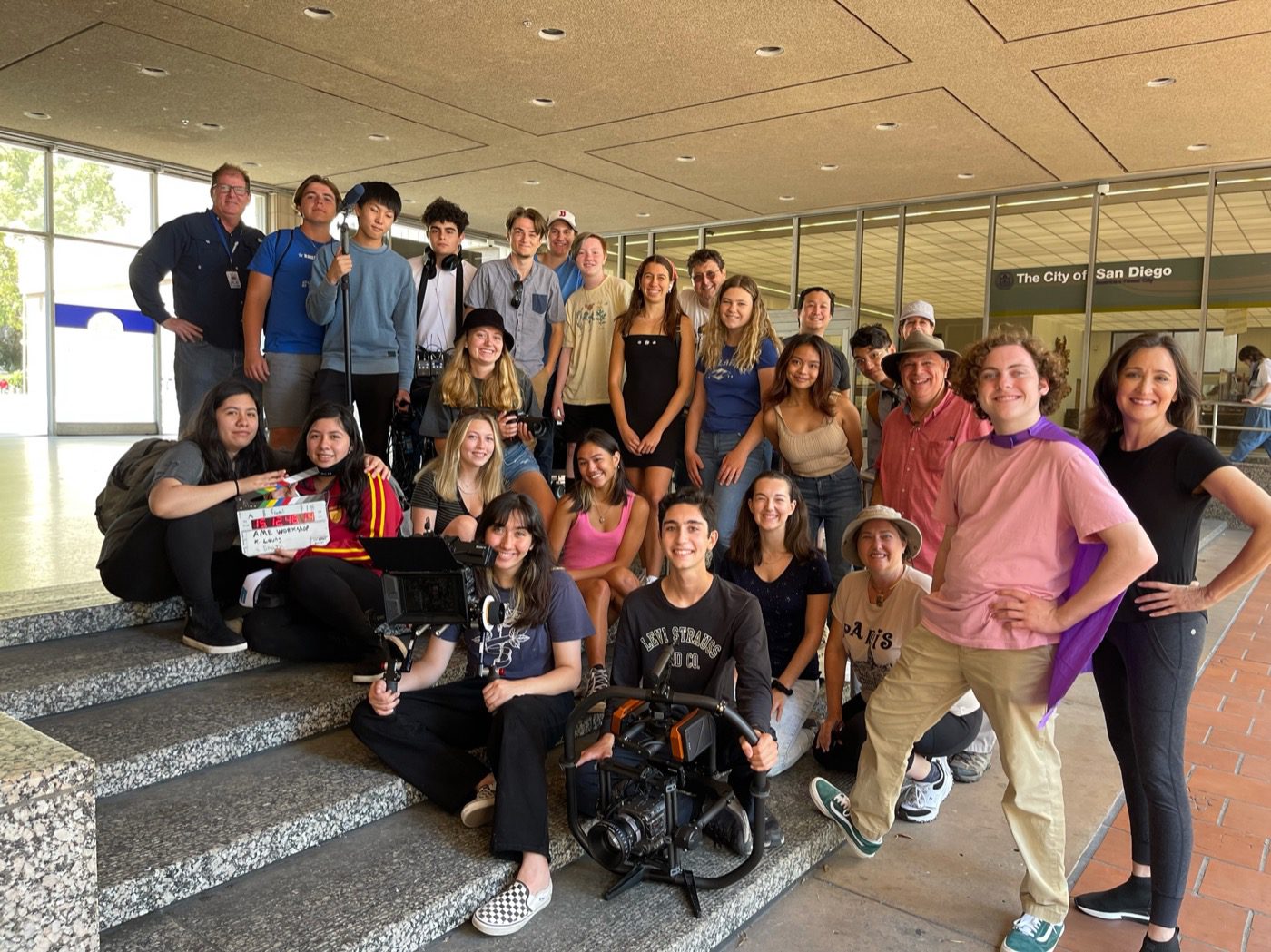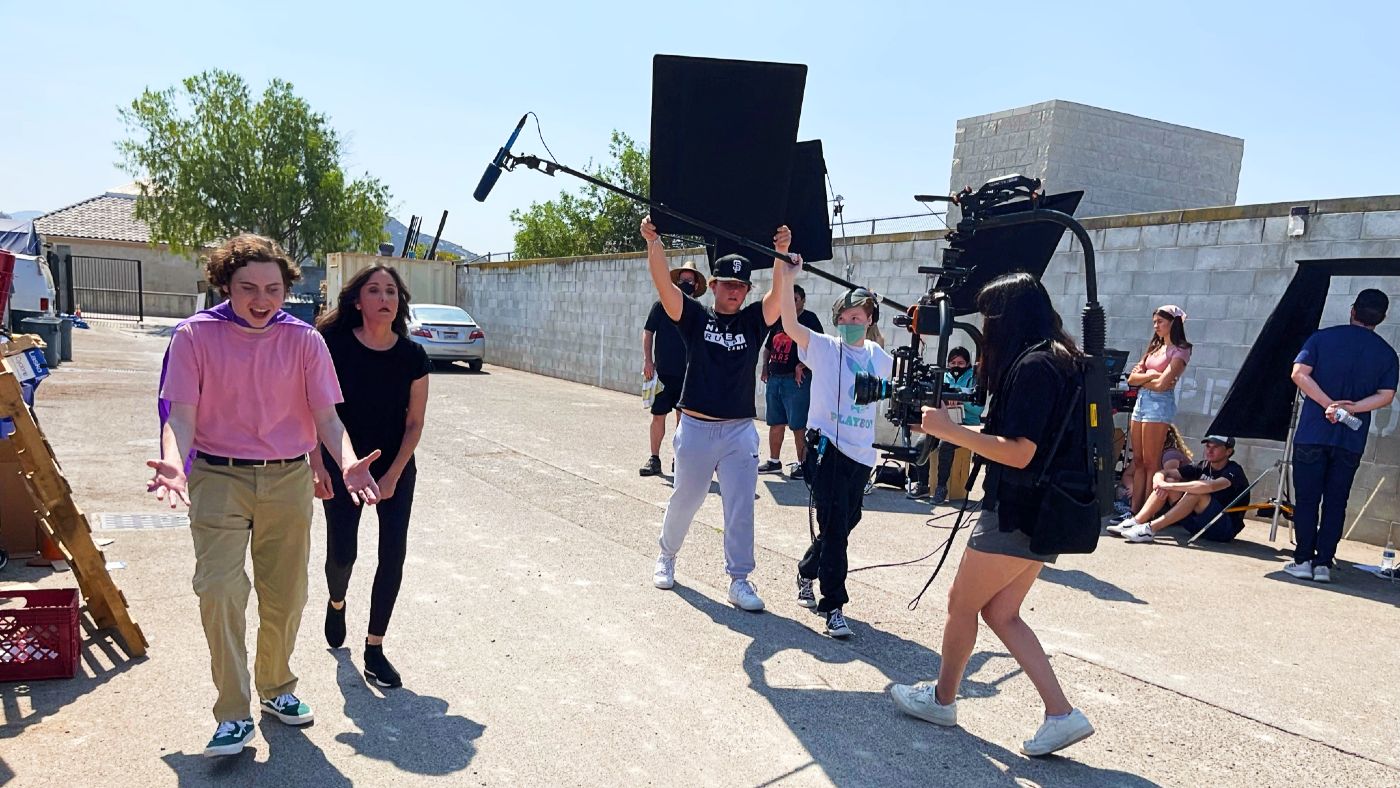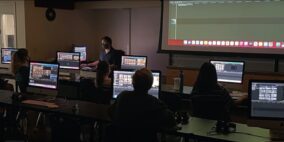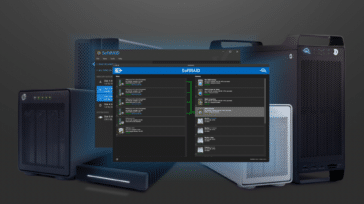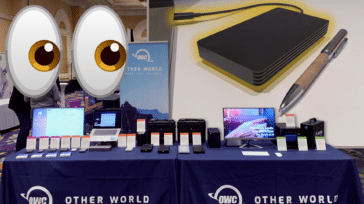This summer Poway Unified School District in San Diego held a 10-day Arts, Media, and Entertainment Summer Cinema Workshop. The project brought together industry veterans, pro-level gear, and a group of creative high school students from across the Poway Unified School District (PUSD). The plan was to write, shoot, edit and premiere a short film in under two weeks.
The team recognized that COVID had robbed these students of a year of learning and training in production. In this way, maybe they could help these ambitious students make up for some lost time. Their short film is titled The Sidekick, and it’s a really fun film, check it out.
Directing a solid script
Directed by talented filmmaker Katie Leung, The Sidekick follows a young superhero discovering that the extent of his powers goes way beyond manipulating toaster ovens. The goal of the project is to give the kids’ future careers a proverbial shot in the arm in the middle of this pandemic by pairing them with working pros.
Screenwriter Jeremy Svenson teamed up with student writer Peter Majourau to put together a story with a real narrative arc. The students started their project off learning the ins-and-outs of putting together a compelling superhero story, on a modest budget. The result was a 10-page script that demonstrated character development, internal and external obstacles, and even a surprise twist. You can really see the difference the influence of a working screenwriter makes on a short film when compared to other student films. The script also provided an opportunity to teach the students how to write to the resources you have at hand, including repurposing their studio as the bad guy’s secret lair.
Shooting on professional gear
Once the script was done, and the shoot was planned, the team dove into production. James Parker served the team as the mentor Director of Photography. He worked with student Sania Bhatia to employ professional-level cinematography tools and techniques. The team shot on the capable Sony FX6 camera. They also employed the Movi Pro gimbal.
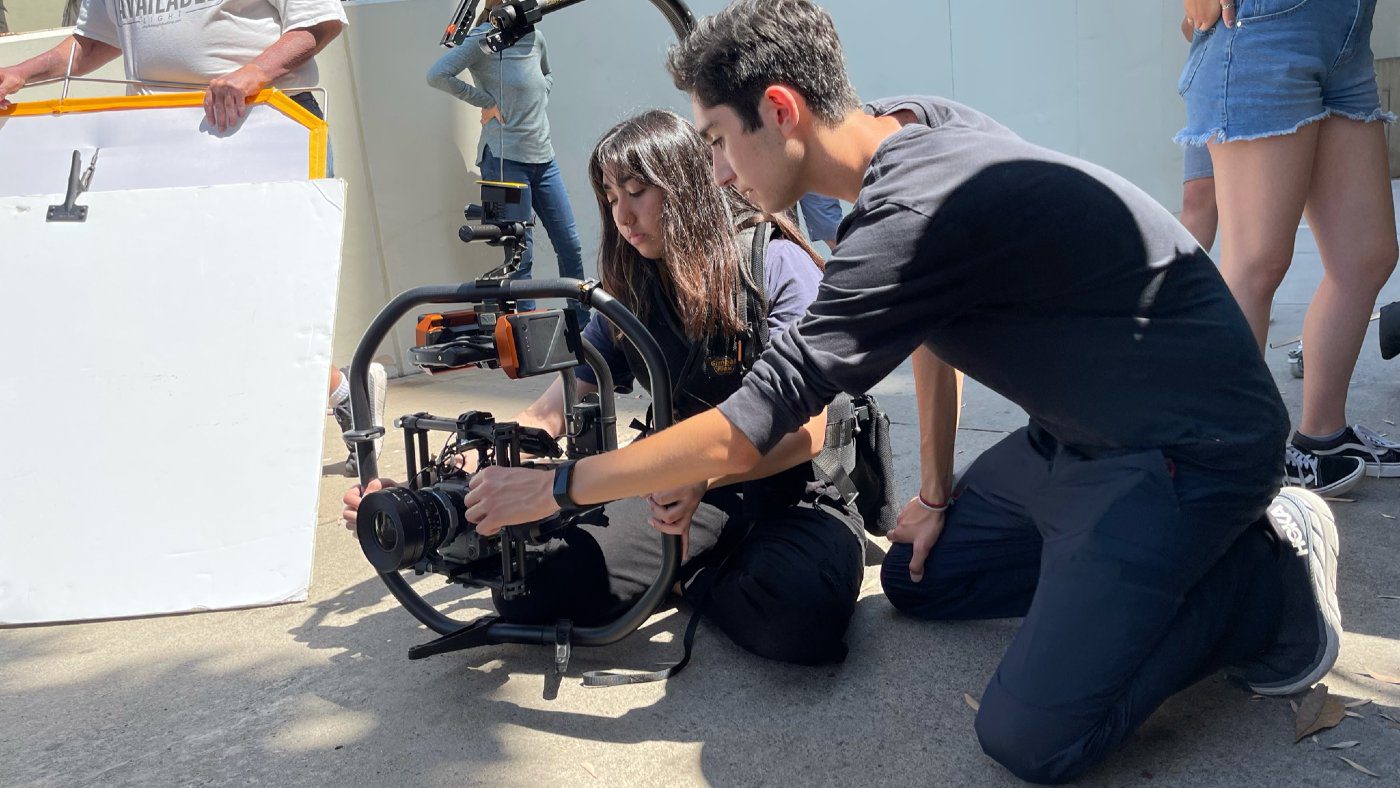

This gave the students a great experience with learning professional workflows on set, and all the obscure terms that go along with that experience. The pros emphasized that using the same tools that you’d employ on a commercial set can vault a student forward in film school and in the marketplace. It was fun to see the team working with Arri lighting, and industry-standard grip gear.
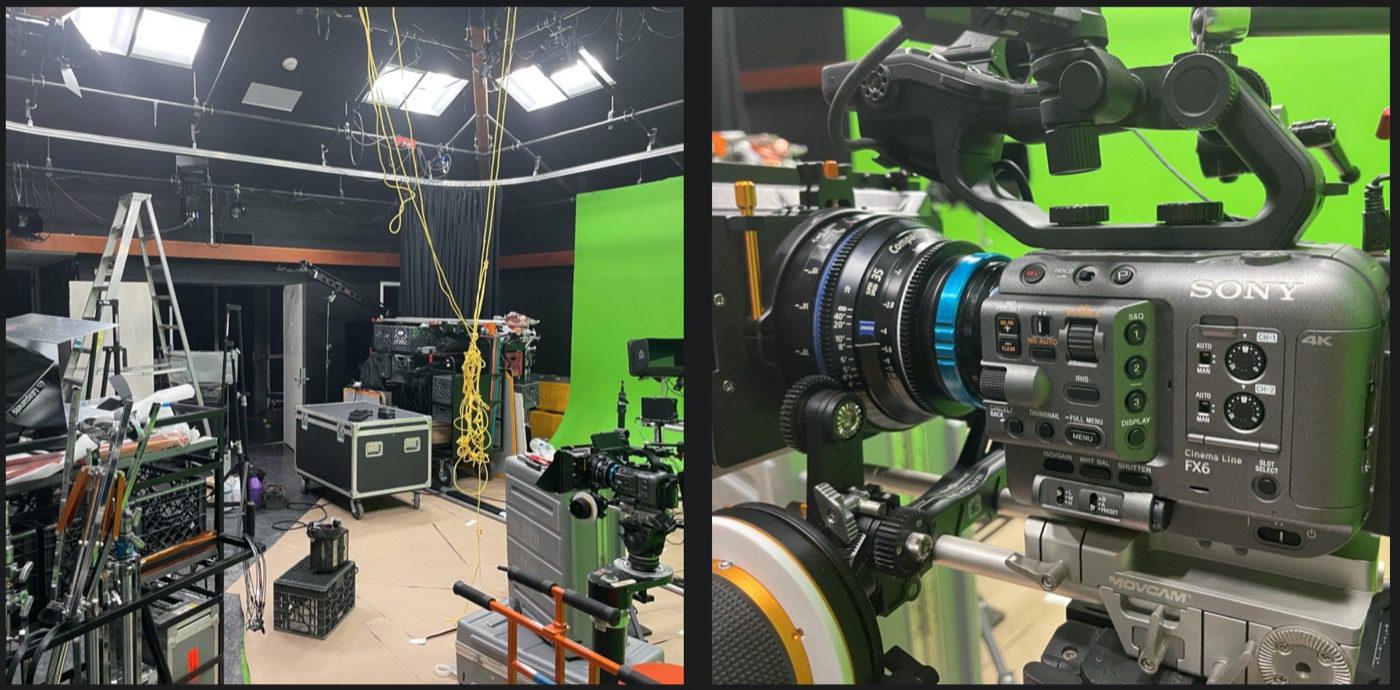
They shot at many locations, interiors, exteriors, and green screen. Production mentor Mike Brueggeyemer guided them through the whole process. They learned how to diffuse the sun, use gels, haze, and fog. They learned to light for green screen shots and how to plan for compositing visual effects into shots. Each of these scenarios provided the students with an array of skills, so that they could walk away with the skills to light, shoot, record audio, and perform in any situation.
Collaborative post-production
OWC and Lumaforge provided the equipment needed to make post-production on this film happen and helped finance the film. Ross Kallen, teacher of Digital Media at Rancho Bernardo High School, described how the Lumaforge Jellyfish was deployed as their shared storage solution.
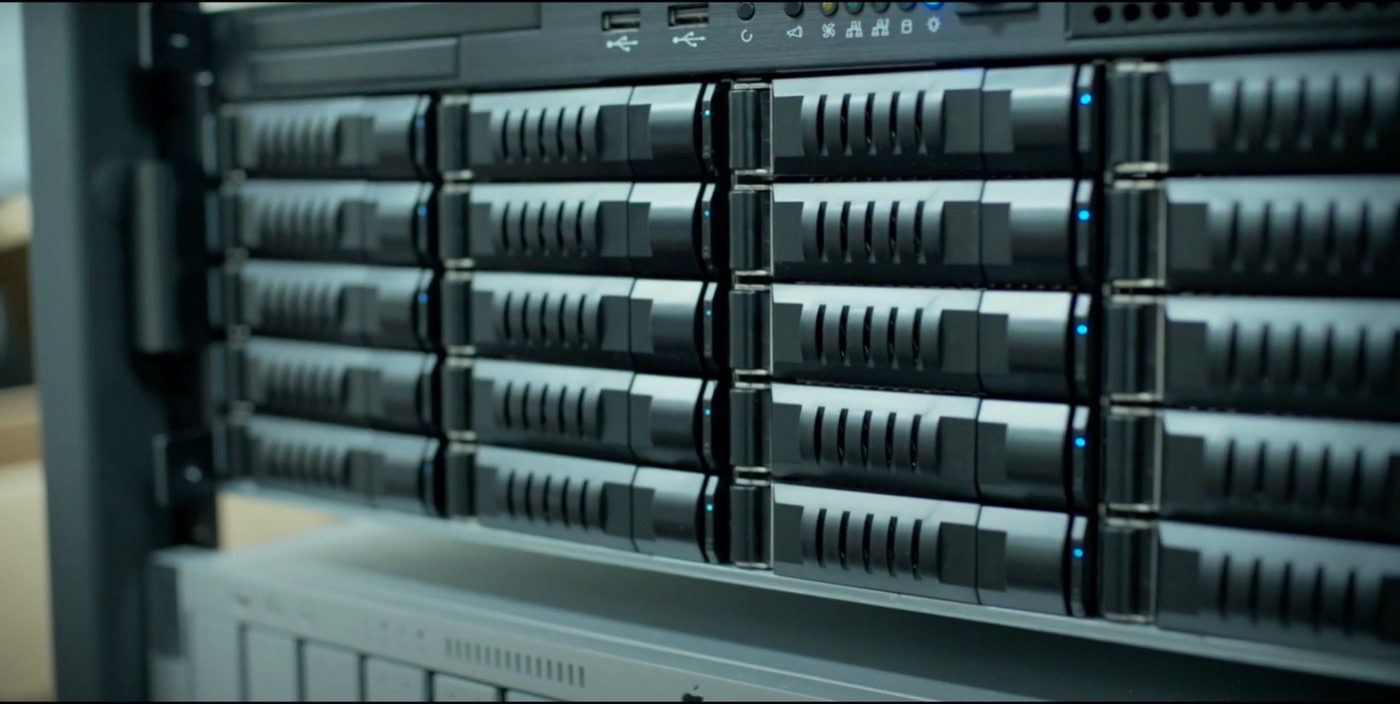
Multiple student editors could work in different edit bays and all share the same set of media. Apple’s Final Cut Pro served as the editing platform for the film. Together the students were able to enjoy a buttery-smooth post-production process without even realizing just how unique that is.
There was no copying of massive amounts of data onto multiple hard drives and passing them around. Nobody was worried about making multiple sets of proxies either. The Jellyfish system actually serves over a hundred students. Kallen believes that “time spent learning is valuable,” and you don’t want to waste it fixing stuff. They also observed that to the students, editing in Final Cut Pro is seamless, it is transparent to them. That allows them to think as artists instead of technicians. We know that in filmmaking there is a balance of the two. But as Ross Kallen pointed out “the more you can be in the mode of an artist, that’s where the magic happens.”
Post-production audio
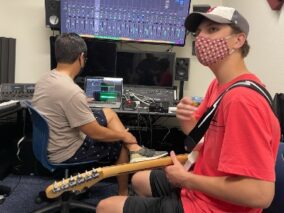
But not only did the students get to put their visual skills to work, but they also got to bring it on the audio side. Recordings of vocals and music were created and put into the film. These were professionally mixed and the results speak for themselves.
The students got experience with applying sound effects and learned how the score supports the story’s emotional journey. The mark of many low-budget and student films is poor audio. These students got to understand the importance of it and how to deliver a top-notch sounding film.
Visual effects
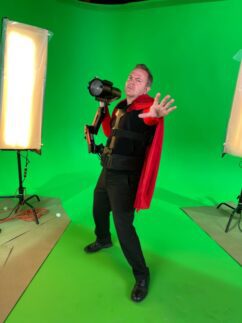
The Sidekick is a superhero story. And what’s a superhero movie without some fun visuals. The student filmmakers learned to shoot on green screen. But more importantly, they got to see how to light to pull a clean key.
This lets them learn to do compositing and place VFX over their characters. Of course, the film went from script to screen in under two weeks. So the level of visual effects are representative of that timeframe. But the most important thing was that the students learned to imagine a story that included these elements and see what it takes to execute on that vision.
Color grading
Apple’s Final Cut Pro offers pretty comprehensive color grading tools. The students learned how to color correct and balance their shots right in their NLE. They worked at shot matching so that the audience stays right in the story. They also worked on a look that works really well for the film. It was a huge timesaver to be able to color these sequences in the same app as they did their editing!
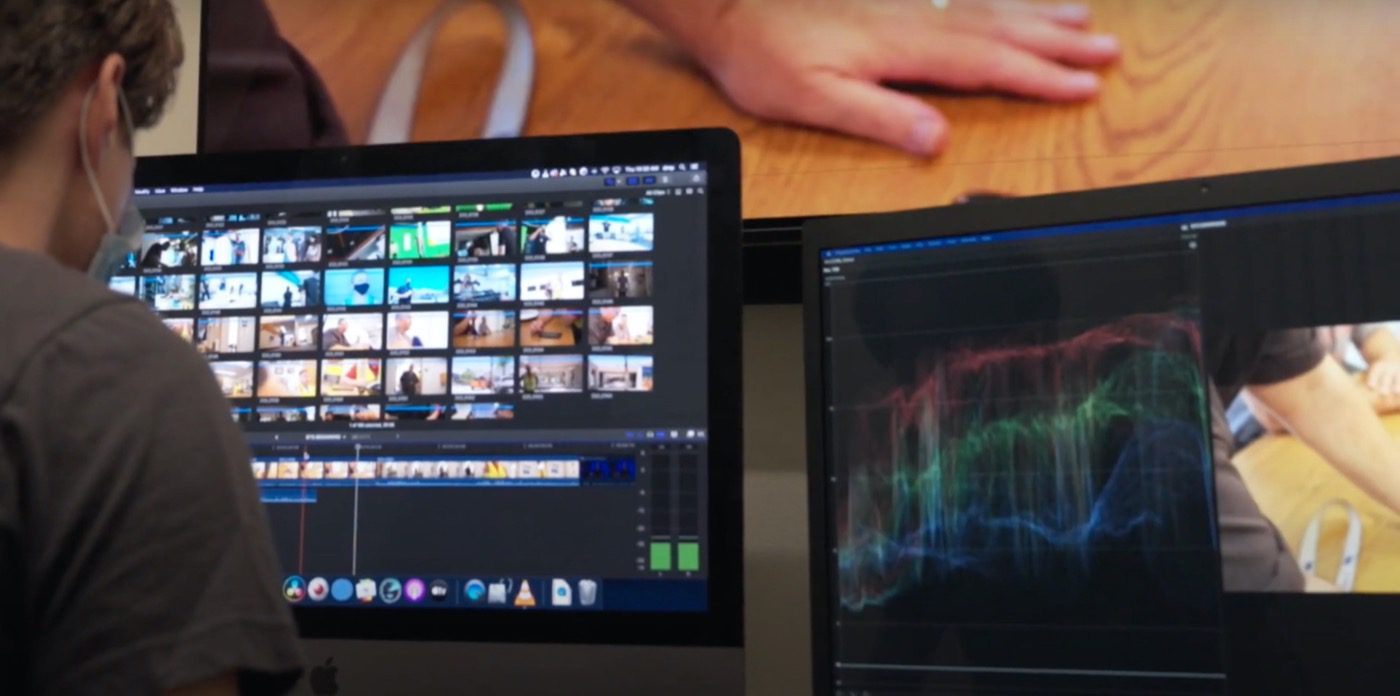
Showtime
The cast and crew got to invite family and friends to the Angelika Theater. They were able to watch The Sidekick on the same screen where they watch all the big superhero movies. Everyone had a blast. These high school students will now take the next step on their path toward a career in media, or wherever their path leads. And for the pros, it’s a reminder of why we all got into this creative career in the first place.
